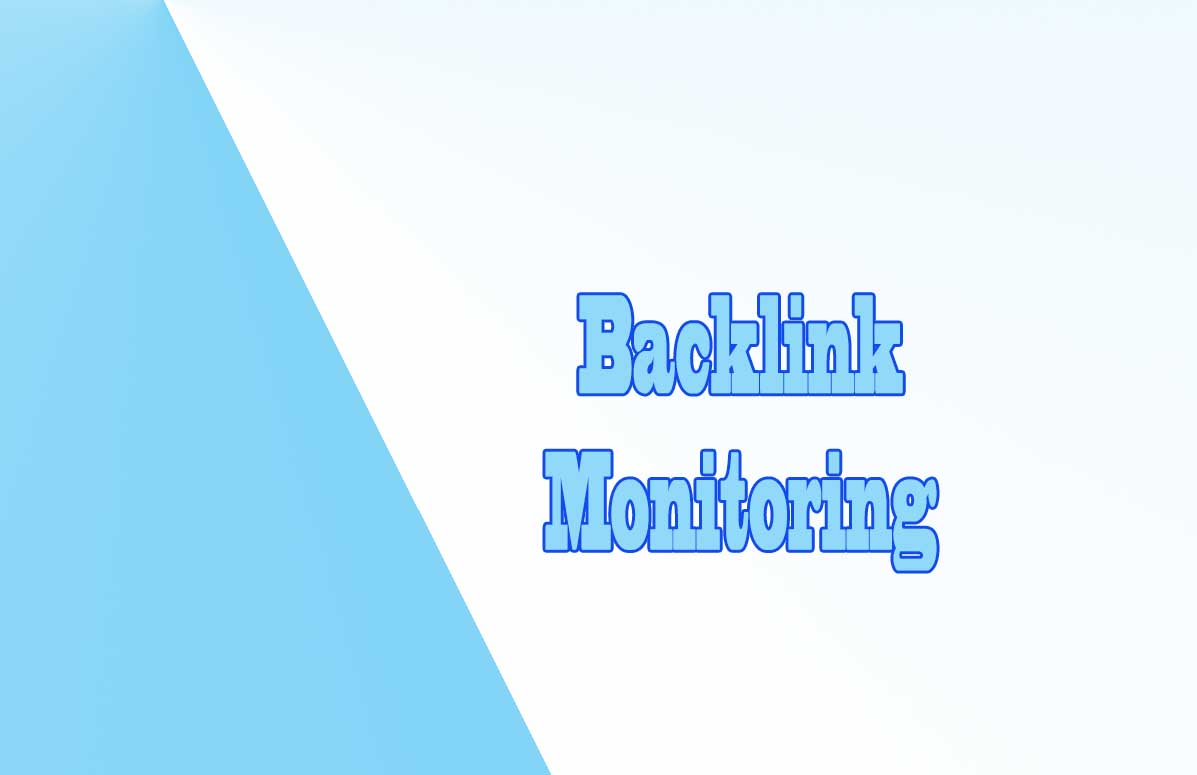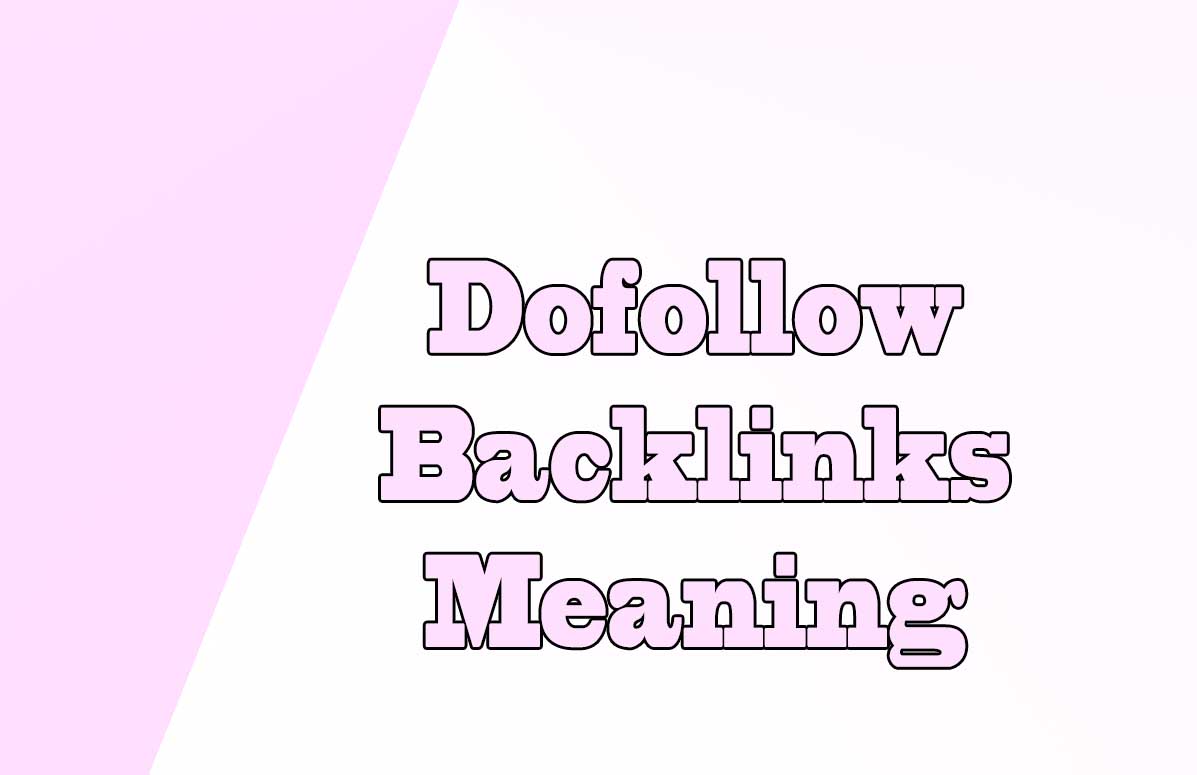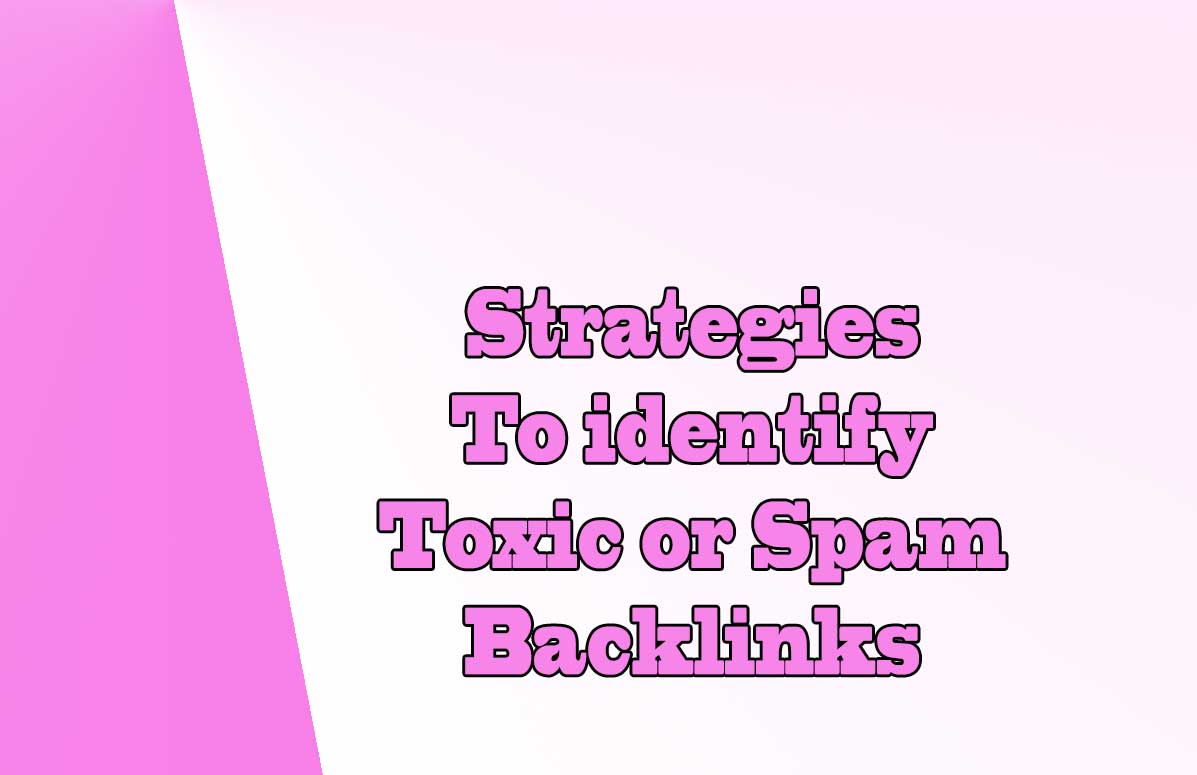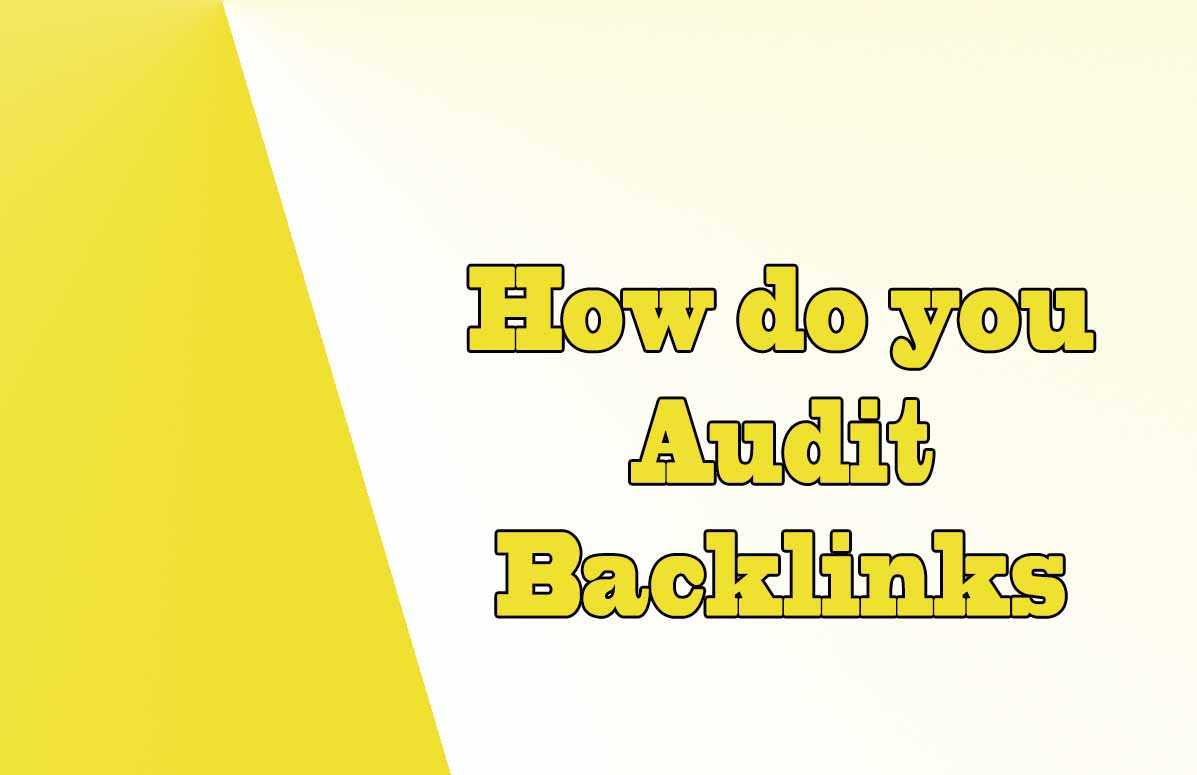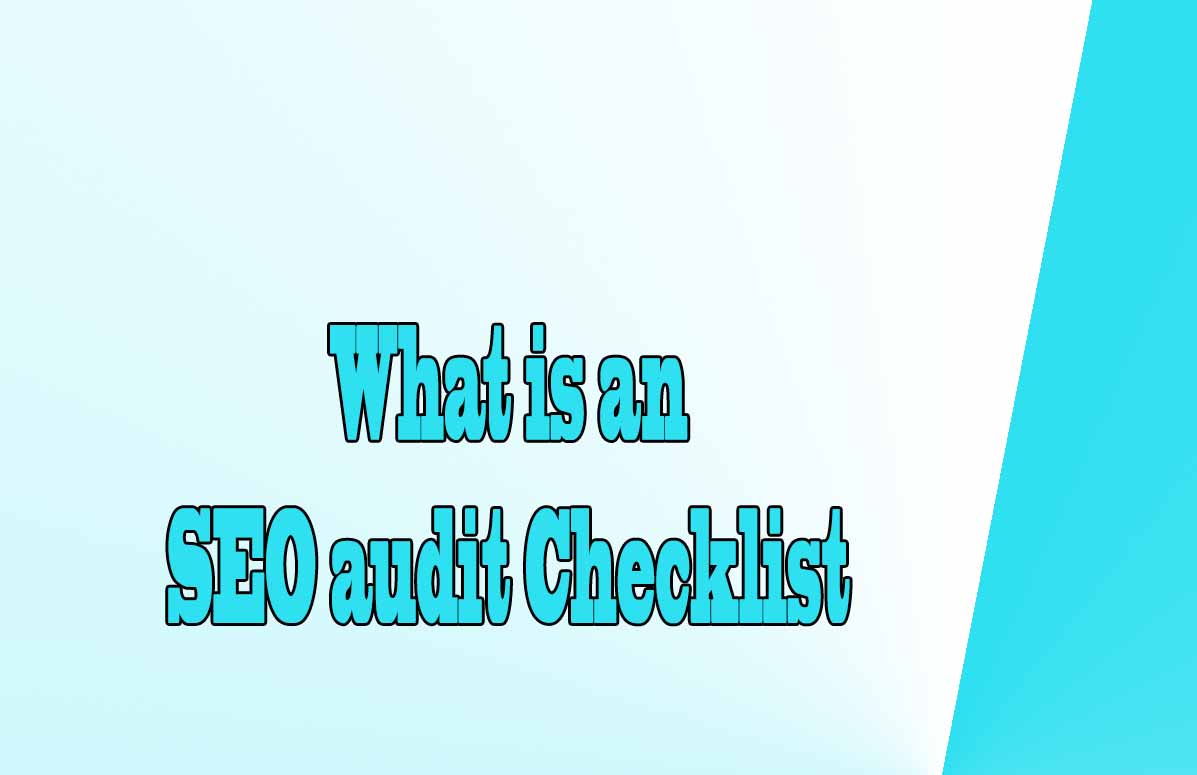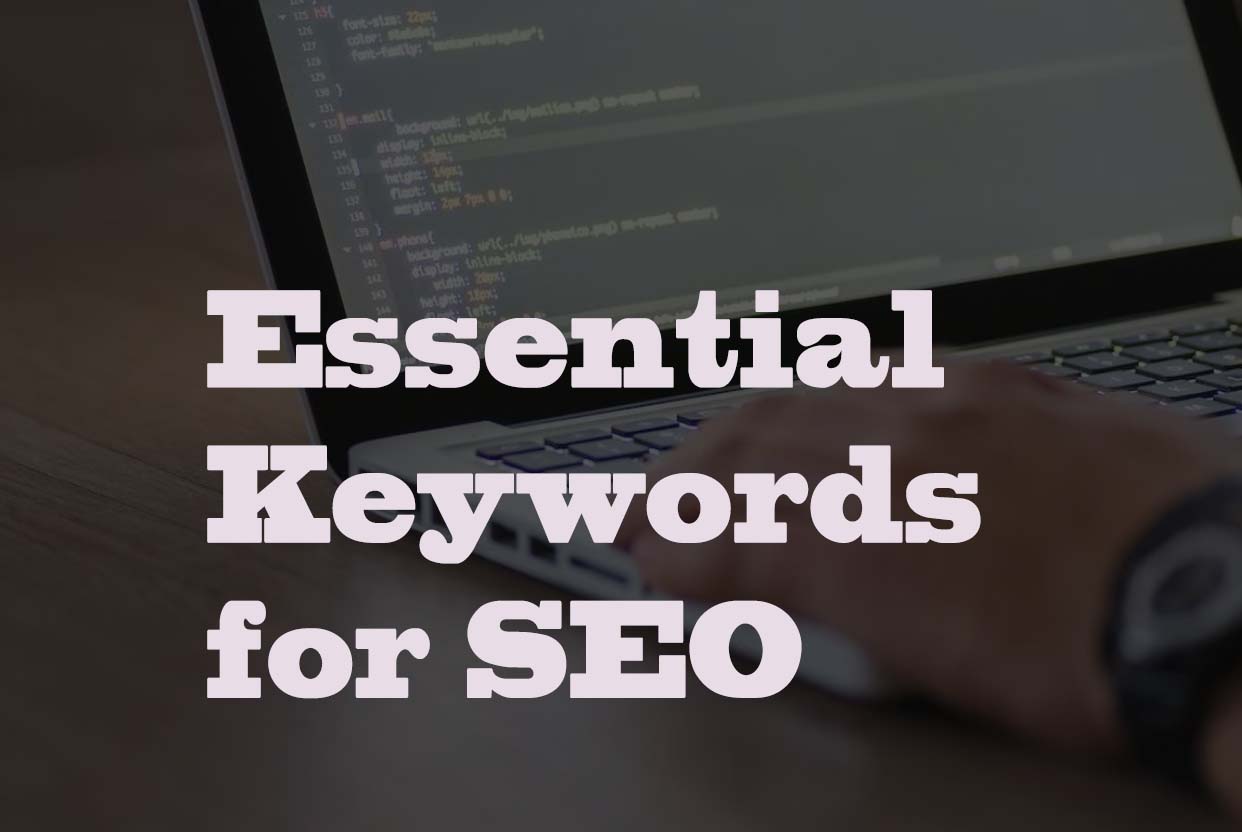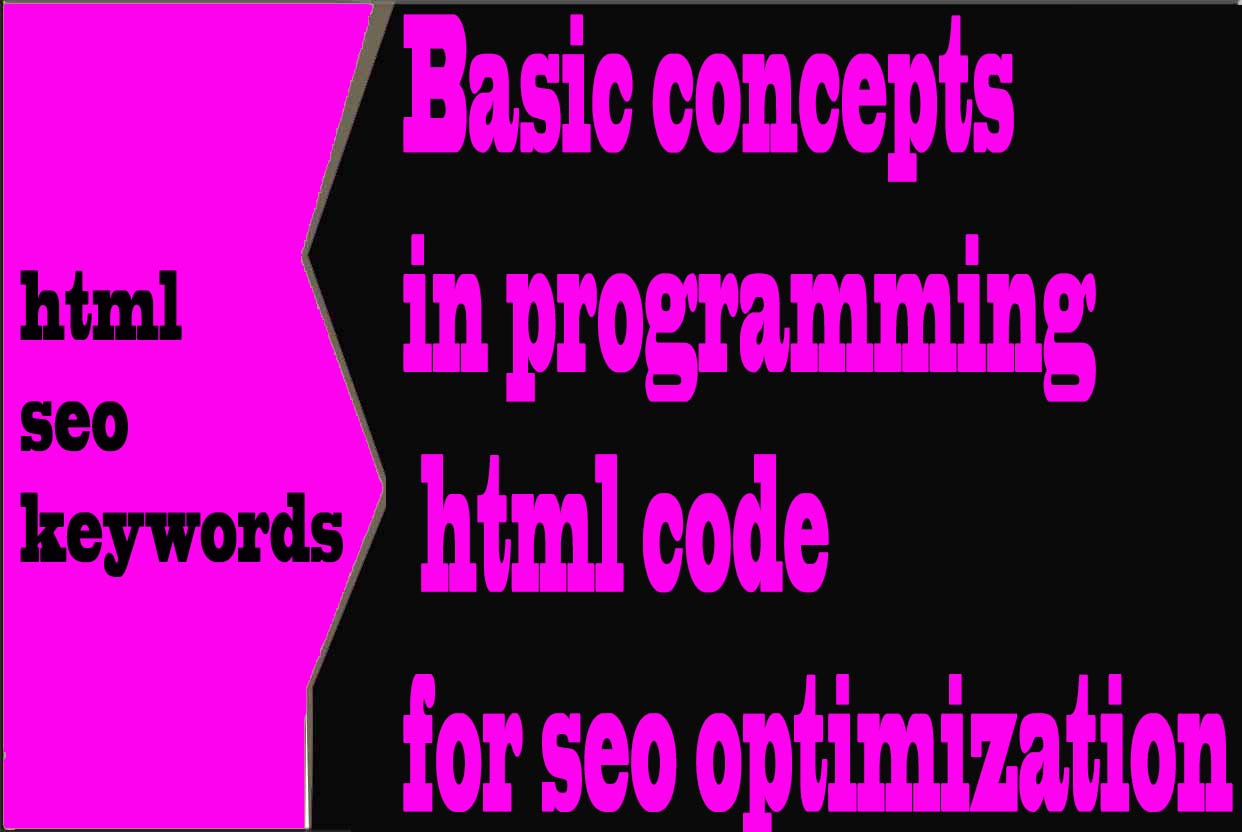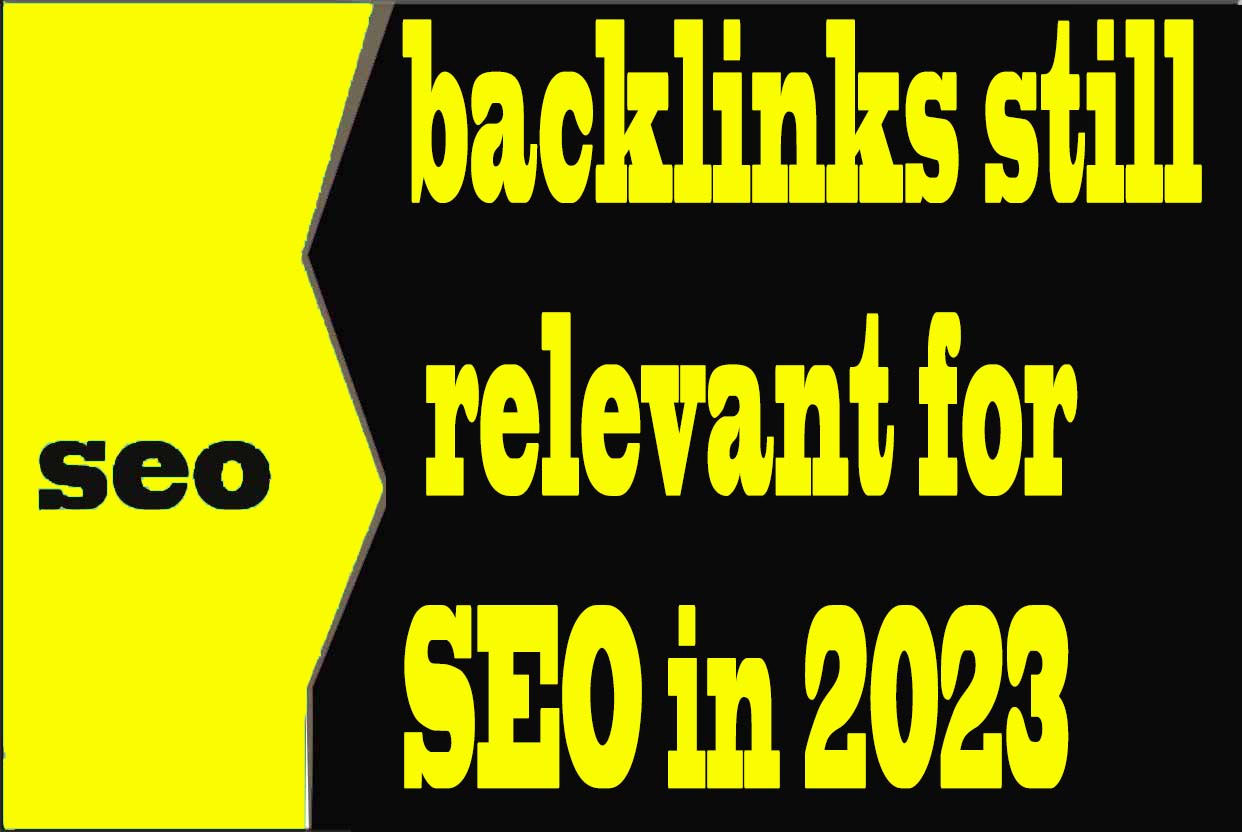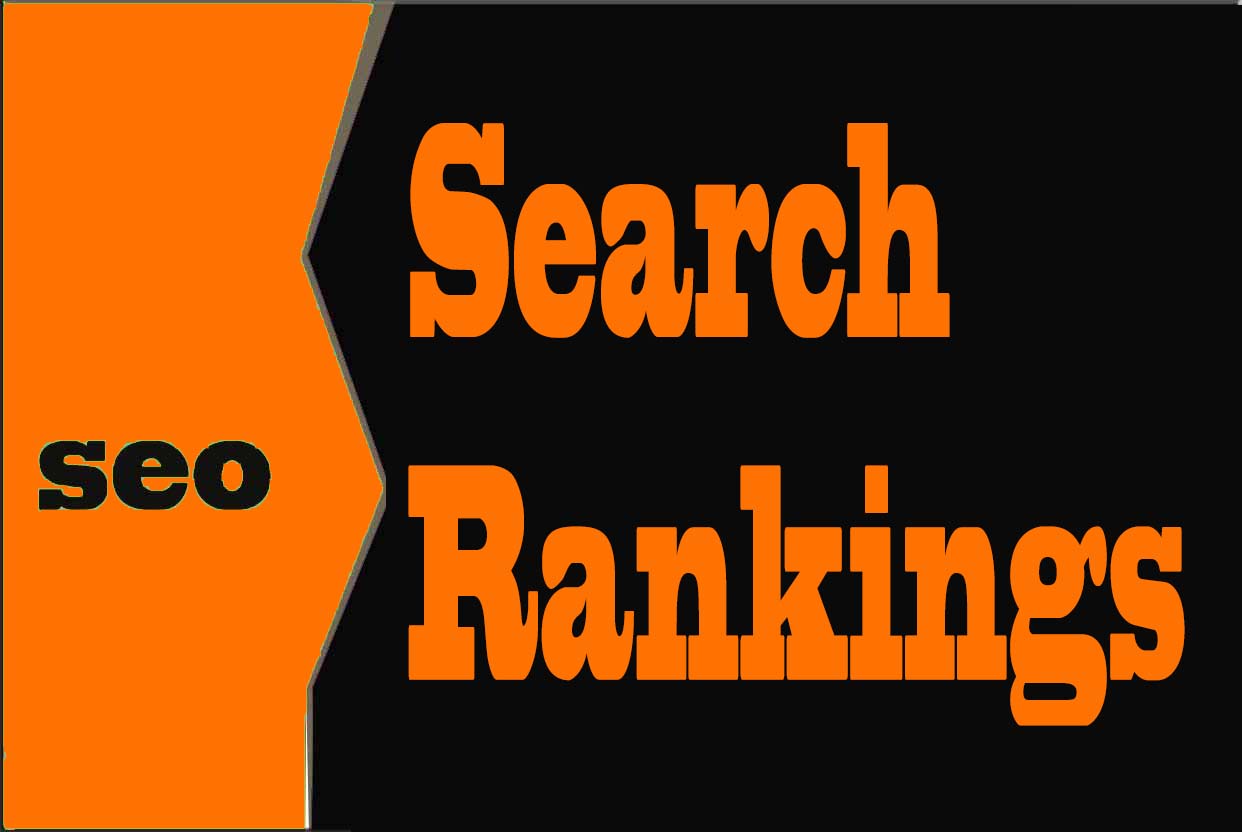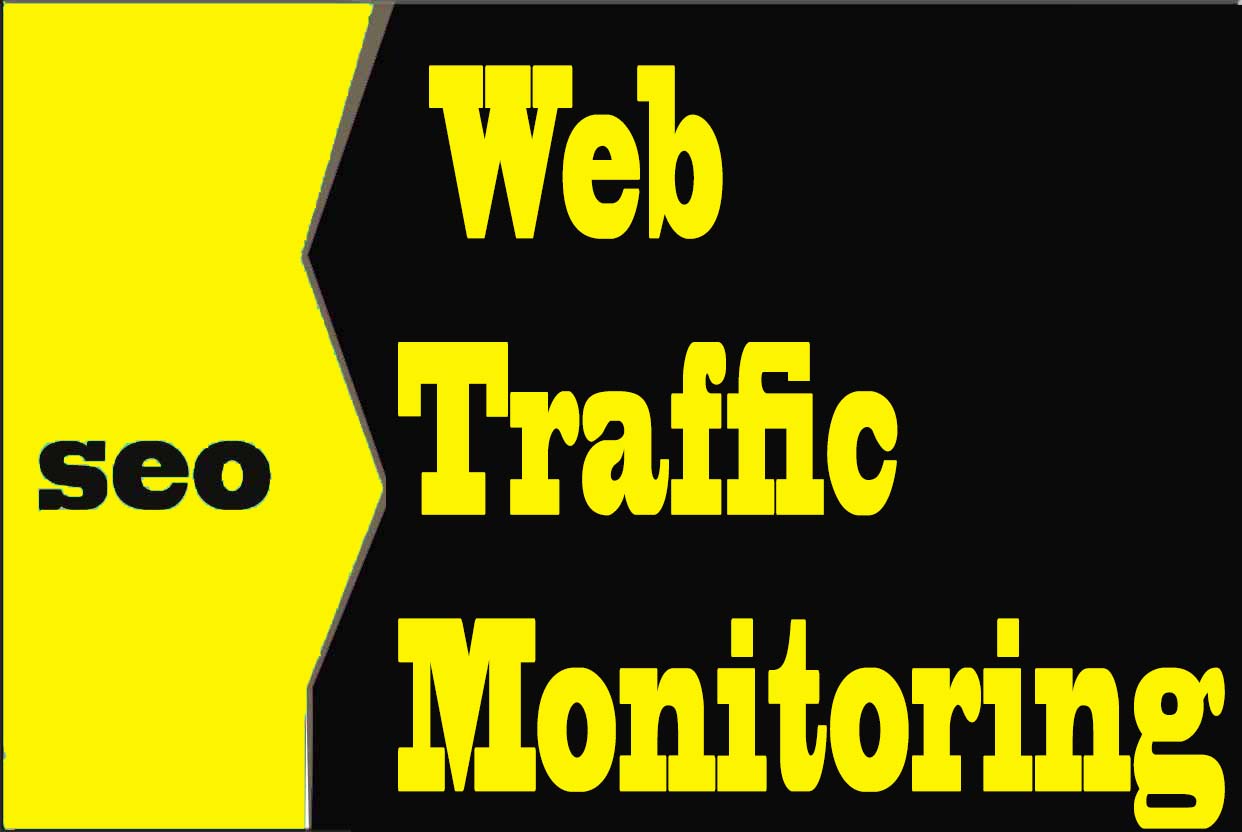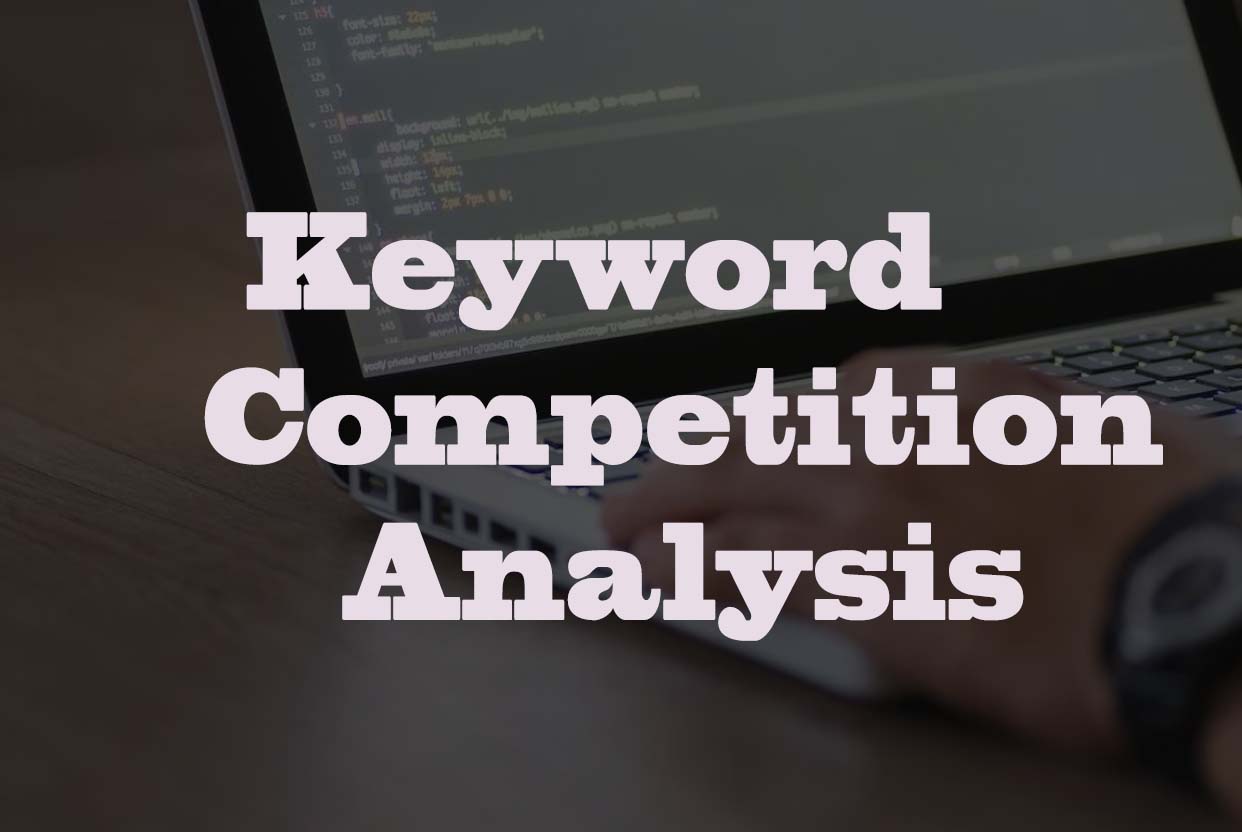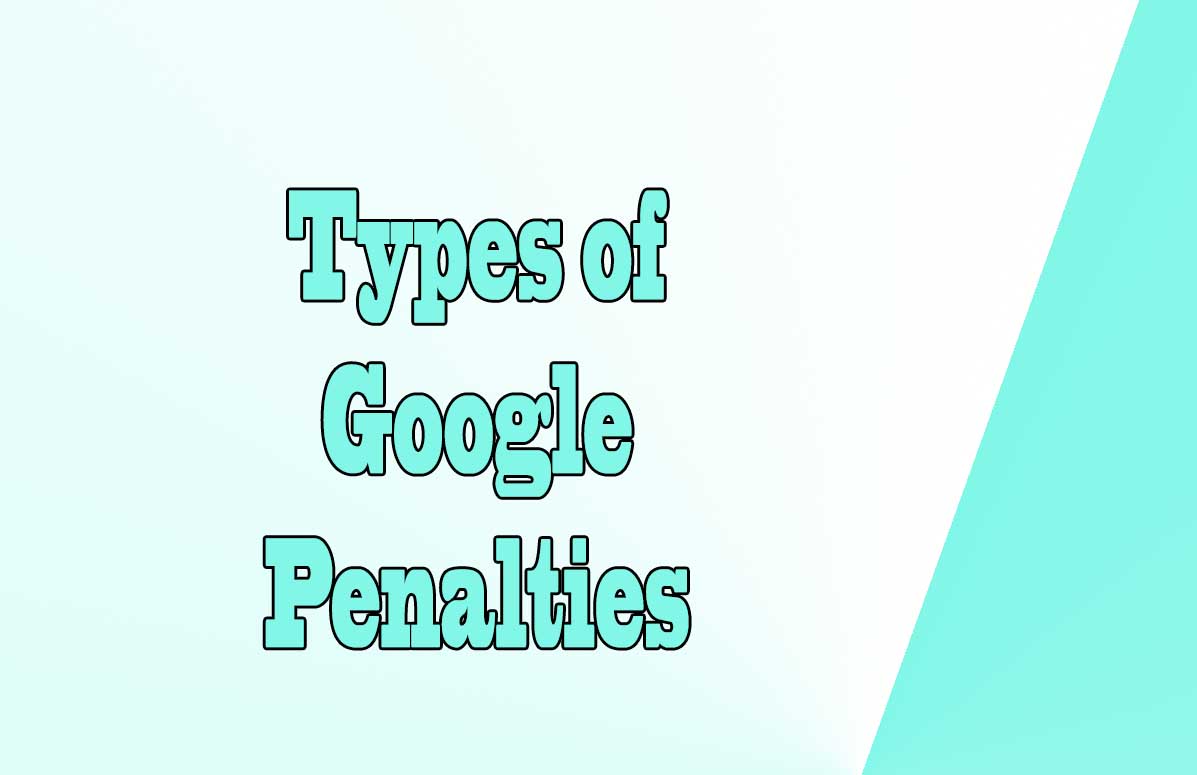
Intro: Types of Google penalties
Google penalties are a major concern for website owners and digital marketers.
These penalties can significantly impact a website's ranking and traffic, and can be difficult to recover from.
Google penalties are a serious concern for website owners and digital marketers. Understanding the different types of penalties, including algorithmic, manual, and hybrid penalties, is essential for avoiding penalties and recovering from them if they do occur. By following Google's guidelines and best practices, website owners can ensure that their websites remain in good standing with Google and continue to rank well in search results.
Algorithmic Google penalties
Algorithmic penalties are automatic penalties applied by Google's algorithms to websites that violate its guidelines.
These penalties are often the result of updates to Google's search algorithms such as Panda, Penguin, and Hummingbird:
- Panda targets websites with low-quality content.
- Penguin targets websites with spammy backlinks.
- Hummingbird focuses on semantic search and the intent behind search queries.
These penalties can have a significant impact on a website's ranking and traffic, as they can cause a website to drop in search results or even be removed from Google's index.
Manual Google penalties
Manual penalties are applied by Google's human reviewers to websites that violate its guidelines.
These penalties are often the result of spammy practices, such as keyword stuffing, duplicate content, and unnatural links. Manual penalties can be site-wide, affecting the entire website, or partial, affecting specific pages or sections of a website. Recovering from a manual penalty can be a lengthy and difficult process, as it requires identifying and addressing the specific issues that led to the penalty.
Hybrid Google penalties
Hybrid penalties are a combination of algorithmic and manual penalties.
These penalties are often applied by Google's algorithms but are reviewed by human reviewers before being applied.
An example of a hybrid penalty is Penguin 4.0, which uses machine learning to identify and penalize websites with spammy backlinks. Hybrid penalties are designed to be more effective and efficient than either algorithmic or manual penalties alone, as they combine the strengths of both approaches.
Google's guidelines and best practices
Google is one of the world's largest and most influential technology companies, with a significant impact on how we use the internet. As a result, it has developed a set of guidelines and best practices that website owners and marketers can use to improve their online presence and visibility.
Google's guidelines and best practices are essential for businesses and marketers looking to improve their online presence and visibility. By following these guidelines, businesses can create websites that are optimized for search engines, provide a positive user experience, and deliver effective advertising campaigns.
Ultimately, by adhering to Google's guidelines and best practices, businesses can improve their online visibility and drive more traffic to their websites, leading to increased sales and revenue.
- Google places a strong emphasis on user experience and mobile-friendliness when it comes to website design and development:
- Websites that are optimized for mobile devices and provide a positive user experience are more likely to rank higher in search engine results.
- Google provides guidelines for content creation and optimization, such as using relevant keywords and providing high-quality, informative content.
- Google recommends best practices for website security and privacy, including using HTTPS encryption and providing clear privacy policies.
- Google's guidelines for SEO focus on providing high-quality, relevant content that meets the needs of users:
- Using relevant keywords in a natural way.
- Creating high-quality backlinks.
- Building website authority through social media and other channels.
- Google provides guidelines for local SEO and Google My Business, which can help businesses improve their visibility in local search results.
- Google's advertising policies and guidelines are designed to ensure that ads are relevant, useful, and non-intrusive:
- This includes guidelines for search and display ads, as well as best practices for creating effective ad copy and targeting.
- Google provides guidelines for tracking and analyzing ad performance, which can help businesses optimize their ad campaigns for maximum ROI.
Tips on SEO and Online Business
Next Articles
Previous Articles
